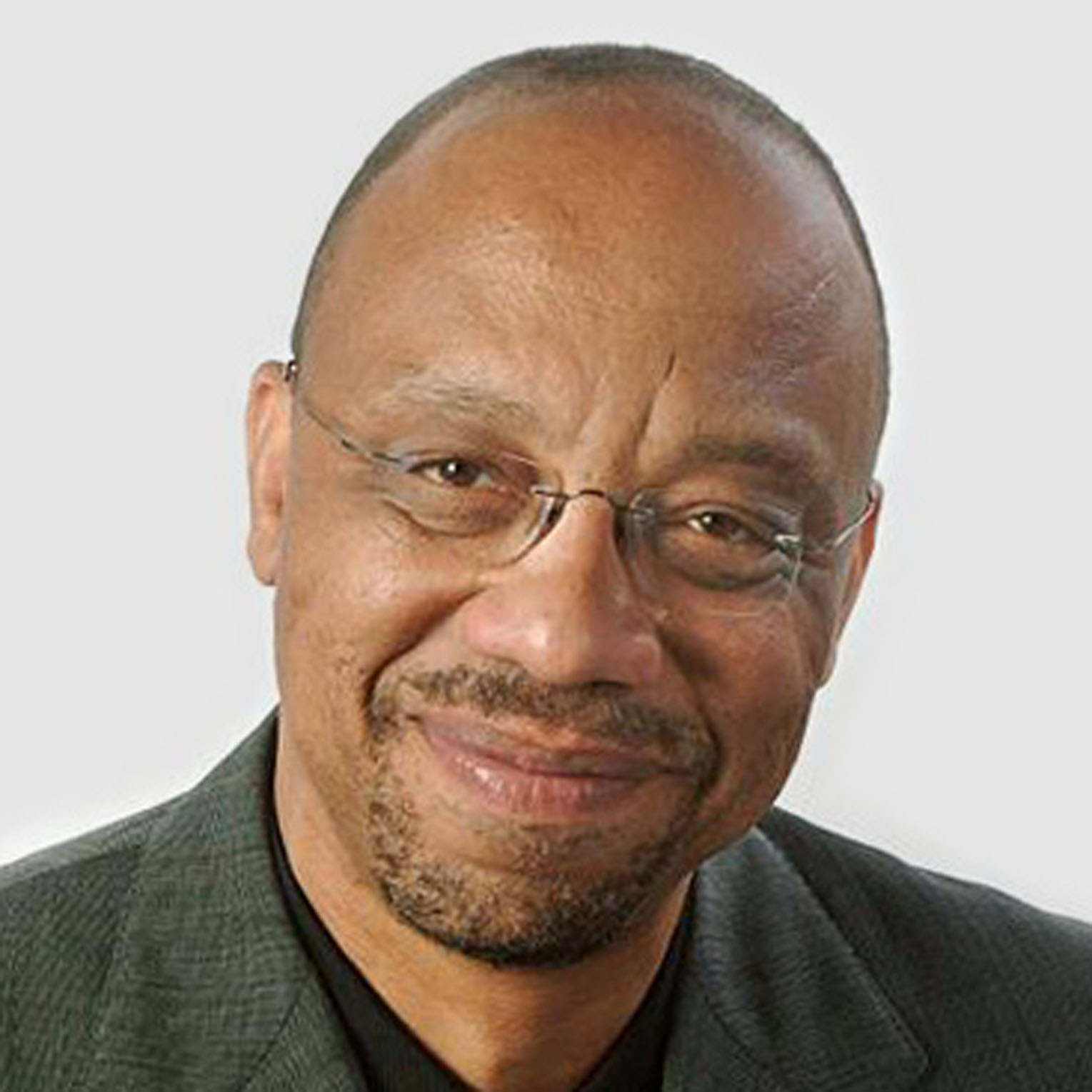Costa Mesa, Calif. • Philip Rivers and Drew Brees could have an epic sports rivalry, if only they didn’t like and respect each other so much.
The ingredients are there: Brees was the San Diego Chargers’ starting quarterback when they acquired the No. 4 overall pick Rivers in a draft-day trade in 2004. Rivers spent two full seasons behind Brees in a potentially combustible partnership before Brees inevitably left for the New Orleans Saints.
Since their breakup, they’ve become two of the most prolific and most durable quarterbacks in NFL history. The 39-year-old Brees enters the season third on the league’s career passing list with 70,445 yards, while the 36-year-old Rivers is ninth with 50,348. Rivers has started all 201 of the Chargers’ games after taking over in 2006, while Brees has started 202 of the Saints’ 204 games in that span, including the Super Bowl in which he won a ring and an MVP award.
They could be rivals with a weird start to parallel careers. Instead, they’re enduring friends who occasionally get their sons’ flag football teams together for a game during the offseason in San Diego, where they both kept their homes.
When they got together again this week for two days of joint practices between the Saints and the Chargers in Orange County, they picked up right where they left off. They also reflected on that strange two-year stretch of their careers when two of the best quarterbacks of their generation shared the same locker room.
“It was a tough set of circumstances, because they drafted him in 2004 to basically take my job, right?” Brees said. “So I think everyone always tried to kind of pit us against each other. They couldn’t understand how we could be friends or good teammates for one another when we were in the quarterback room, having that type of competition. But we were.”
And they still are.
“In those first two years, I enjoyed working with him and competing,” Rivers said. “It worked out well for him. Shoot, he’s had one heck of a run in New Orleans and won a championship. I’ve been able to have some longevity here with the Chargers. It is unique. Drew and I have always kept in touch. I have always pulled for him from afar.”
San Diego’s incredible depth chart during the 2004 season also included Doug Flutie, and the young quarterbacks both gained insight from the veteran while learning from each other. Rivers still praises Brees’ exemplary game-week preparations, while Brees believes Rivers motivated him to another level of excellence.
“From the moment I was around Philip, you realized he was going to be a very good player, and he was going to be around for a long time,” Brees said. “I like to think that for those two years, we brought out the best in each other. It was a great learning experience for both of us. I think we both got a lot better as a result of it. But from the very beginning, you knew that he’s got a mind for this game. He’s a student of the game. He’s highly competitive, and just makes plays. Look at the length of time that he’s been able to do it, in one place with a lot of different faces around him over the years.”
They’ve both still got plenty more to do as well. They’re still the unquestioned starters on two teams with realistic playoff hopes, and neither appears to be close to retirement.
Brees agreed to a two-year contract extension in March after saying he’ll stay with the Saints “as long as they’ll have me.” He is likely to leap past Brett Favre (71,838) and then Peyton Manning (71,940) this season to become the top passer in league history, but he’s more interested in building on last season, when the Saints were one missed tackle away from reaching the NFC championship game.
Rivers is coming off an outstanding year at the controls of the Chargers’ prolific offense, and he has said he plans to play at least another handful of seasons. He will continue his three-man surge up the career passing charts with fellow 2004 draftees Eli Manning and Ben Roethlisberger, but Rivers is more hopeful about extending the good feelings from last season’s finish, when the Chargers looked like one of the NFL’s best teams while winning nine of their final 12 games.
Brees could claim one point of pride in this non-rivalry: He has won all three of their teams’ regular-season meetings. If they ever ended up across from each other in a game more important than Saturday’s preseason contest in Carson, both quarterbacks would welcome another chance to get together.
“I’ve always had a great respect for him as a man and as a player and what he’s been able to do in this league,” Rivers said. “He’s probably going to go down as the all-time league passer in the history of the game, so that’s pretty awesome.”















